47. The Last Of The Weeklies
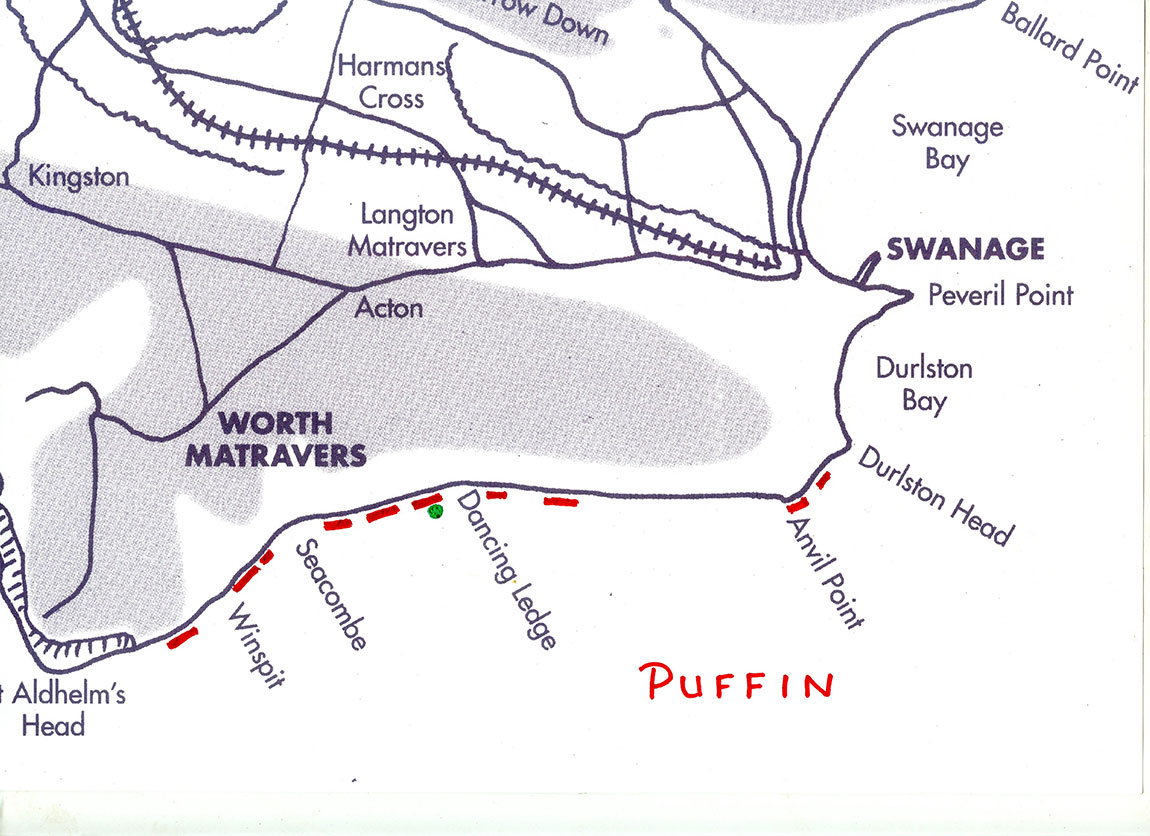
46. The Last Day Of Winter
March 11, 2021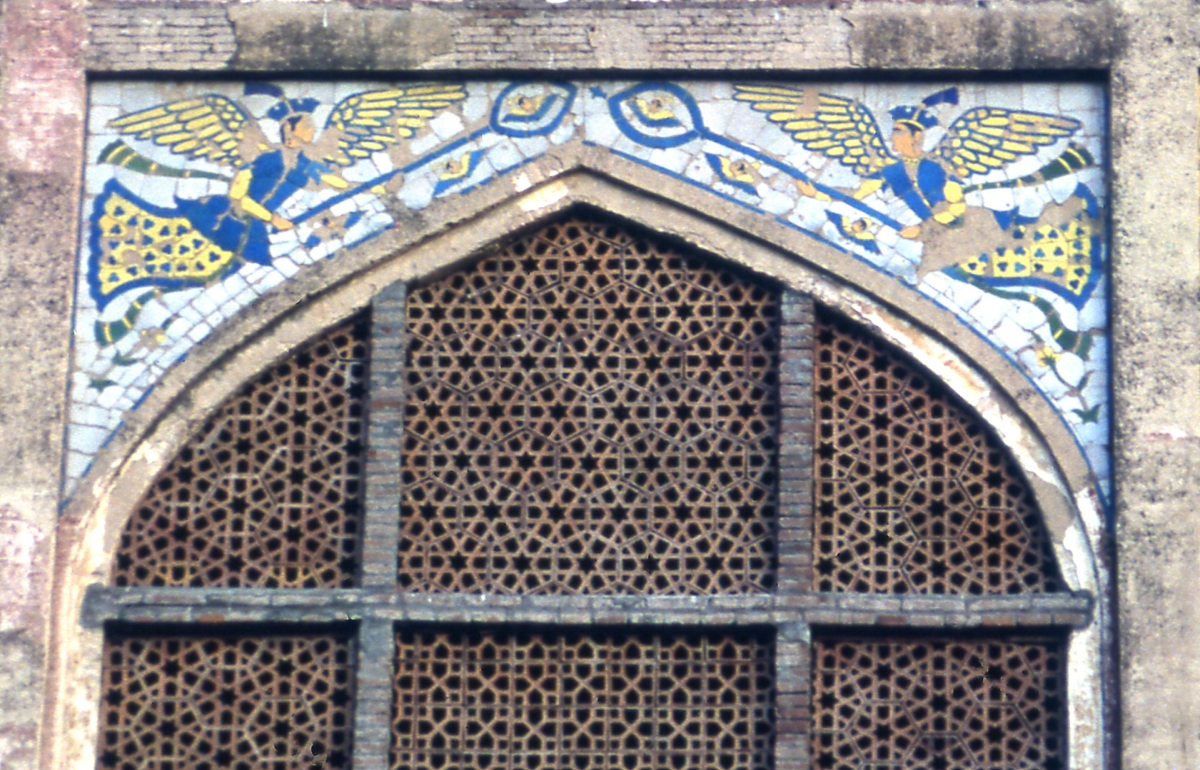
48. Lahore’s Colourful Black Bastion
April 1, 2021T he end of a year churning out a weekly 1000-word essay fed by fragments gathered from the past. It was all Nitesh's idea expressed whilst I was staying at his father, NKC's, headquarters. Jaipur Rugs, before flying back home from Jaipur. It would give their publicity department a project to work on. I didn't even know what a blog was. Since then Govind Tailor has laid out an posted whatever I send. All has gone smoothly, any problems usually coming from my side. It has provided a useful discipline on which to ignore a Year of Plague.
But I have other things to do. Last year I completed a book on a 1970-71 Overland journey to and around the Indian subcontinent with, at its heart, three months in a Goan shack at the height of the hippie period: sex, drugs and rock'n'roll - a last flirtation with hippie India. It makes a good story, interweaving 'Hippisthan' with India, its people and politics. It resulted in a radical gear-change into Indian India, which I have explored ever since. The blog has proved more rewarding than seeking publishers' rejections but I can't postpone them for ever. Meanwhile, I'll start writing up the next volume, the Overland trip of 1972-73. This crosses north India on a sit-up-'n'-beg cycle, narrating how I discovered my metier, Rajasthani wall paintings, on the way. A third book ends with a first flight home to England, via peaceful Kabul, courtesy Royal Afghan Airlines. The killing started after the king was ejected.
This final weekly concerns the present. March: my birthday, grey, rainy with promise of gales; it is mild, though, shifting from ice back to mud. Three pots of basil and one of coriander lining the windowsill have been joined by nine pots containing aubergine seeds and three of tomatoes. Another tray, already yielding tomato seedlings, is in the green house. Meanwhile, the vegetable patch is reduced to the last leeks, the first purple heads of broccoli and a few shabby plants of beet spinach. The rest of the bed is seeded ready for summer. Already, three rows of peas, four of onion seeds and three of onion sets (baby onions about to resume their growth) and a row each of beetroot and lettuce have all gone in. There must be more broccoli and leeks for next winter. Shall I plant potatoes? This garden is prone to blight, which also attacks tomatoes.
The plum and pear trees, both planted in the early 2000s, have been disastrous. The prettiest bird is the naughtiest: a bullfinch systematically devours the buds from the fruit trees. Is it the main culprit? Each tree has yielded one small but passable crop of fruit. Some bottles of home-made plum wine from 2016 survive but, even at its best, the pear crop was not enough to brew even a litre of perry (pear cider). A young fig tree, said to flourish on neglect, should do better. Only the blackcurrant bush has been generous, but it takes more than a single bush to be worthwhile. The best fruit crop is of blackberries, the thorny bushes encouraged as a palisade around my meadow. They provide a number of bird species with a home and a seasonal glut of berries. Elderflowers, in June, make good wine: elderberry wine is often harsh, the autumn sloes and blackberries make better wine.
The garden is almost organic. Occasionally, I sprinkle a little poison against slugs grazing rows of seedlings; murdering them by torchlight is usually sufficient to help some plants reach maturity. Wood and field mice burrowing beneath the soil nibble beetroots and potatoes. Their shiny black eyes follow each sowing of larger seeds – peas and beans. Next morning there can be a row of conical holes, each targeting a seed. Rinsing bean seeds in diesel helps; mice don't like the smell but seeds tolerate it. Once a mouse settled in the caravan, finding stored food and a boyfriend; by the time I returned from India it was too pregnant to escape through its hole but, being a less-common yellow necked mouse, I politely showed it the door.
Every summer a rabbit burrows beneath the plum tree. As it digs, I fill, adding stone, ashes, anything to discourage the excavations. Sometimes it works. More often I lose enthusiasm and suddenly there are baby bunnies weaning themselves on the most cherished plants. I rush out, shout, throw stones. They retreat briefly then, remembering the quality of the leaves and the inaccuracy of my aim, return until I notice them again. I have an ally in the stoats, elongated, rufous carnivores, living nearby. When they follow a rabbit's scent, it is doomed, freezes in terror. The stoat drinks its blood then tows the corpse away to feed the family. Nature is not always sweet.
In winter rats appear from the nearby farm. They can smell that the caravan is full of food. I wake to hear their gnawing, scrabbling at the floor. Deaf in one ear, it is hard for me to locate the target area. Sly bastards! Only once did one get in. In autumn I line the last tomatoes along the windowsill to ripen in the failing sun. One afternoon I returned to find them gone. A prank? I narrowed the likely joker down to one: he denied all knowledge. Mysterious! A week later, I opened the storage space beneath a couch looking for a book. There were the tomatoes beside a half-chewed blanket become a nest, neatly laced with rat excreta. The rat exploded out and there followed a magnificent pursuit. I didn't stand a chance. There were too many places to hide. Furniture fell, plates smashed, unsilver silver tinkled to the floor. Then came silence. I found its entrance and sealed it with metal mesh. The nibbled tomatoes had to go. Soon there will be a smart, new, rat-proof dwelling, my jhuggi jhonpri. The rats may have missed their chance.

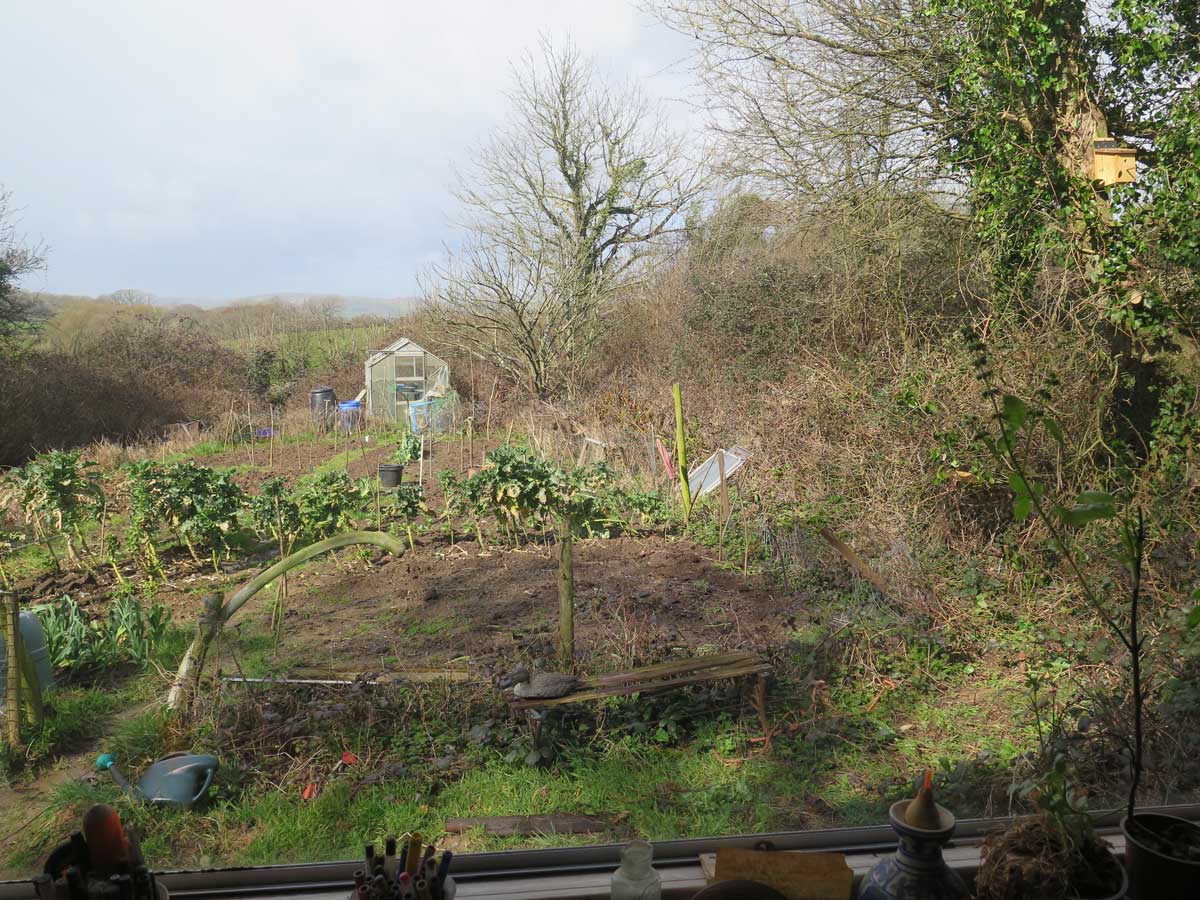
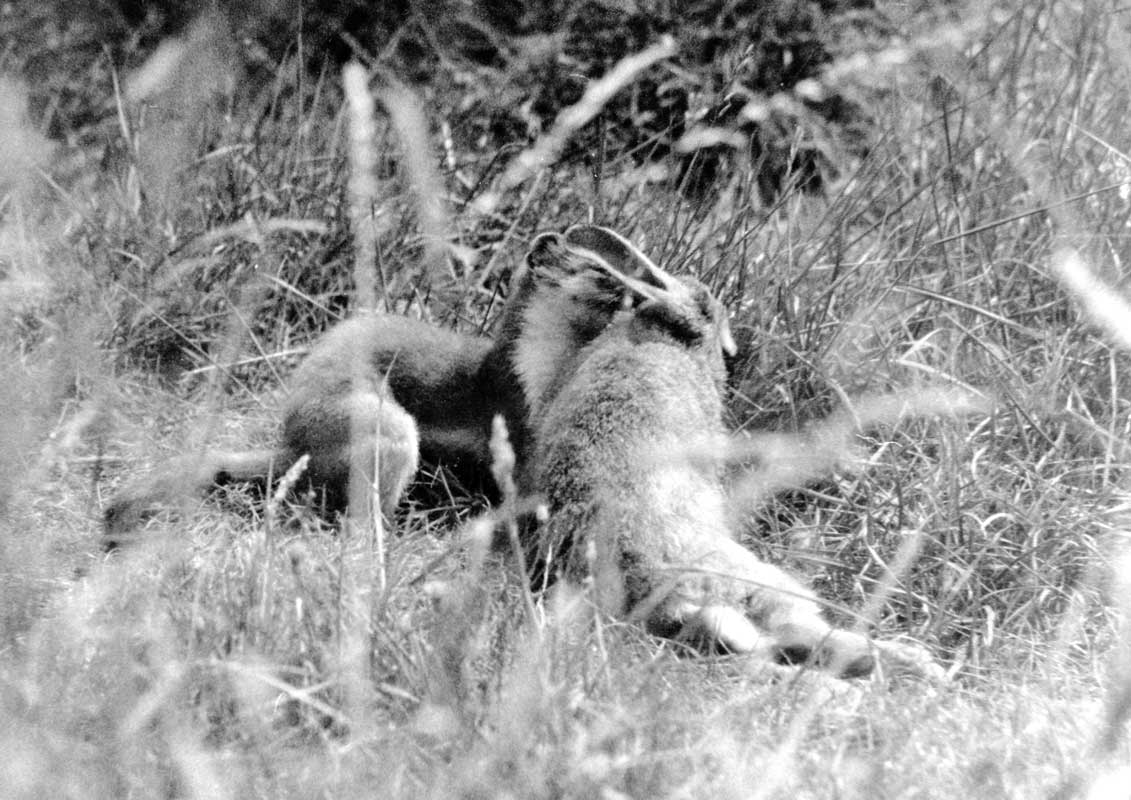
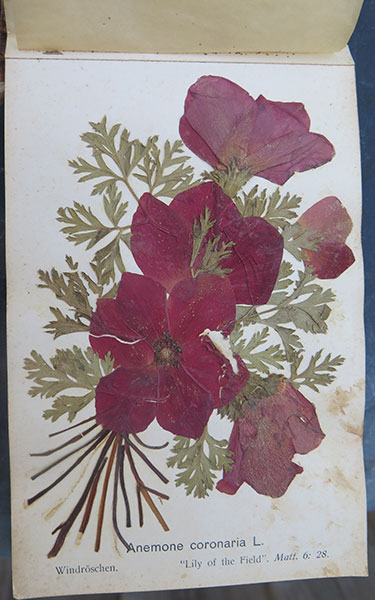

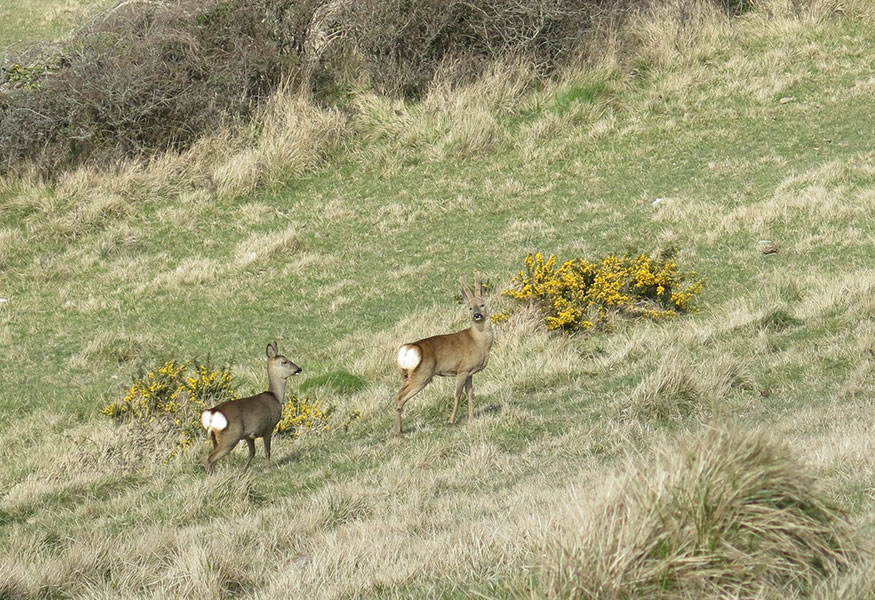
1 Comment
Loved reading ‘The Last Day of Winter’. Witty as always. Your battle against the various friends and foes in your garden is surely an argument for Round Up, poison, traps and guns. NO, I don’t mean that before anyone comes to arrest me!